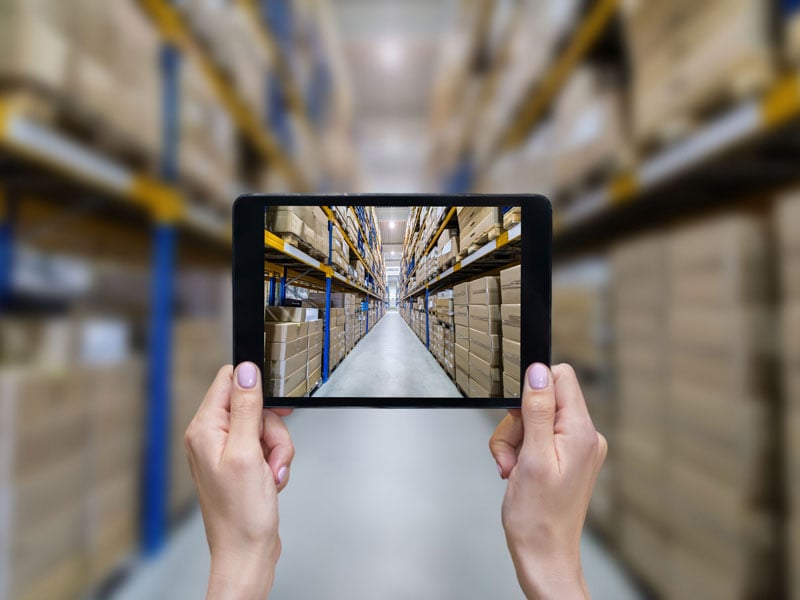2020 has put an end to the time when Brazilian retail companies were exclusively organized in separated formats (physical store, e-Commerce portal, Apps). The largest businesses in our country have reinvented processes to reach a single common goal: a SuperApp that supports the entire customer journey, whatever the means chosen to carry out the commercial transaction. A SuperApp is a closed ecosystem that brings together different Apps to be used together, offering the best and most attractive UX (User Experience). SuperApp strategy is constantly expanding, through connectors with banks, collection companies, logistics companies and other marketplaces. Although this is more visible on smartphones and browsers, the SuperApp is, in fact, an immense and heterogeneous corporate application that supports customer-facing processes of a retail company.
A good example of this concept is what is already happening in China with the SuperApp Alibaba/Alipay, the center of an ecosystem of thousands of partners that exchange data 24x7. In 2020, 53.3% of all commercial and banking transactions in China took place through the SuperApp Alibaba/Alipay (source: Investopedia).
This revolution is happening in Brazil
One of the more advanced groups in this transformation in Brazil is Magazine Luiza/SuperApp Magalu. Its goal is to use digitalization to consolidate itself as a multichannel (offering the same experience to the customer in all kinds of interactions – in-store, e-commerce, etc.) and multi-industry company (with an increasingly diversified offering). According to AppAnnie, an IA consulting company, in 2019 the SuperApp Magalu was the third most downloaded App in Brazil, with 14 million active users.
SuperApps are also behind e-commerce, an industry that has grown in 2020 like never before. A survey conducted by the Electronic Commercial Brazilian Association (Abcomm) with its members indicates that, in 2020, e-commerce revenues have grown 56.8%, reaching 41.92 billion of Brazilian Reais.
Anyone who believes the growth of e-Commerce means the end of physical stores is wrong
It is the opposite: by the end of this decade, we will see a boom in the number of small physical stores located within a short distance from the customer, with a reduced product offering and, above all, equipped to offer a complete digital experience, even in the physical environment.
The retail player that wants to delight the customer will create stores full of IoT devices, from heat cameras that measure how much time the customer has spent in front of a shelf to sensors that analyze the customer's path through the store. The relentless pursuit of low latency, which is essential to improving the customer's UX within the store, makes it necessary to bring data processing as close as possible to the retail facility. We are talking about stores that will be able to use solutions similar to those implemented on the Amazon Go network - fully automated self-service. In this environment, we see the SuperApp working on both the customer's smartphone - which turns into a sensor - and on computers scattered around the store. According to research by Juniper Research consultants, smart checkout technologies will be a US$387 billion market by 2025. In 2020, this industry value was of US$2 billion. In Brazil, the arrival of 5G should accelerate this kind of retail application.
This new model of physical stores will lead to an increase in the use of critical infrastructure solutions at the edge of the network, with modular data centers that vary from a single rack previously assembled and configured to a row of racks, in configurations tailored to the requirements of different businesses and data volumes.
Whether it is a hyperscale Colocation data center simultaneously processing millions of transactions per second from a large e-Commerce portal, or a modular data center installed in a store in a small town, the goal is always to guarantee the SuperApp processing continuity, as the core of business processes.
What happened to Amazon in August 2013 is the opposite: the company's SuperApp has experienced downtime, and its operations completely shut down. According to Forbes, this failure lasted 40 minutes and, during that time, the company lost $5 million in sales.
In order to avoid these kind of circumstances, it is key to plan data center investments based on solid values – both for on-premises and colocation data centers.
- Flexibility to withstand peak sales
Customers’ engagement in retail is constantly changing, especially during sales events. Seasonal sales such as Black Friday, holidays and big sports events can also lead to peaks in retail sales. Colocation data centers, specifically, can deal simultaneously with web traffic changes and the necessary engagement to support sales and delivery processes. Today, even on-premises data centers can quickly expand processing capacity through hybrid cloud solutions.
- A close look at the data center's service culture
Data centers offer 24x7 support to their customers through several channels, including phone calls, web chats, and access to platforms for data center remote monitoring. Backup data solutions also go through regular maintenance and optimization, ensuring data is safe. As B2C portals never close, these features are critical to sales support. Beyond data center infrastructure excellence, it is also important to evaluate the service provider service culture. The expertise of the service teams (internal or external – something very common in the case of support to innovative or very sophisticated solutions) must be considered when selecting a data center provider.
- Reliability, sustainability and cost control
The latest data center infrastructure doesn’t require that you sacrifice reliability for sustainability and efficiency. One of the most critical considerations for data center cost reductions is the Power Usage Effectiveness, PUE. PUE is the ratio between data center infrastructure total energy consumption and the IT equipment energy consumption. This standard is accepted as one of the best measurements available to determine a data center energy efficiency. Now, when a sustainability green label is a big differentiator for retail and product brands, it is worth considering hiring a data center aligned with energy consumption best practices. Data center cooling has a huge impact in its PUE, therefore, any retail company making choices regarding its data center expansion (both on-premises or cloud) must carefully analyze the energy and cooling solutions deployed in these environments.
In 2021, the accelerated retail digital transformation continues to occur, requiring a new look into the digital infrastructure. The SuperApps consolidation demands the dissemination of knowledge about data centers, so that senior managers can make the choices that will consolidate Brazil’s digital prosperity.






